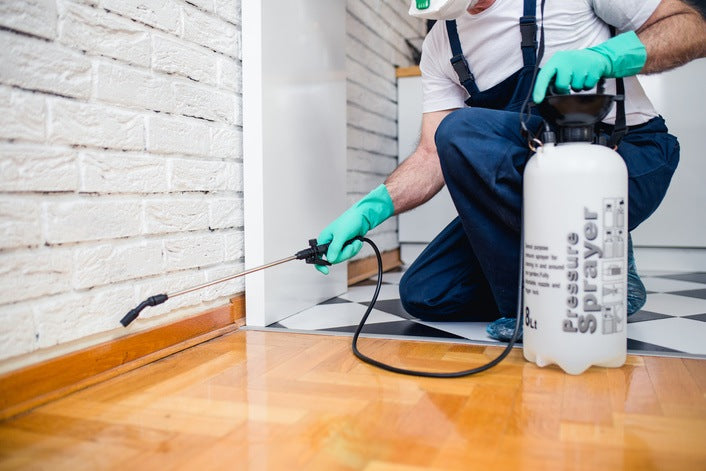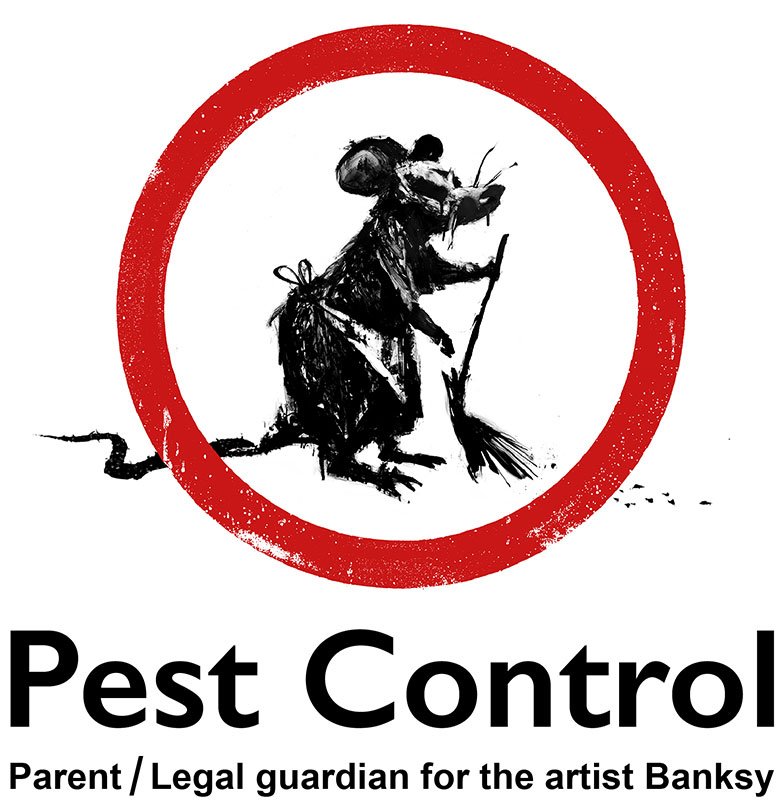Safe and Efficient Treatments by Pest Control Lockhart
Safe and Efficient Treatments by Pest Control Lockhart
Blog Article
Discovering Problem and Therapy Techniques in the World of Insect Control
The landscape of parasite control encompasses a myriad of obstacles, particularly as invasions of usual household pests continue to evolve. By incorporating preventative steps with innovative management strategies, such as Integrated Insect Monitoring (IPM), property owners can better secure their atmospheres.

Typical House Vermin
When it comes to managing our home, recognizing typical house insects is important. These insects not just interrupt our convenience but can also posture health and wellness risks and damage building. The most widespread household parasites consist of ants, cockroaches, rodents, termites, and bed bugs.
Ants, typically seen foraging in kitchen areas, can contaminate food and establish huge colonies. Rats, consisting of computer mice and rats, can trigger structural damages and carry illness like hantavirus and salmonella.
Recognizing the indications of these pests, such as droppings, nests, or attack marks, is essential for early treatment (Pest Control Lockhart). Proper hygiene practices, securing entry points, and keeping a clutter-free environment are effective preventative actions. By identifying these common household parasites and understanding their actions, homeowners can take proactive steps to reduce problems, ensuring a much healthier living atmosphere
Comprehending Pest Infestations
Bug problems can intensify promptly, transforming a minor inconvenience right into a substantial issue if not attended to quickly. Comprehending the nature of these problems is vital for effective management. Parasites can get into domestic and commercial rooms for numerous reasons, consisting of the look for food, sanctuary, or reproducing grounds. Typical variables adding to problems include bad cleanliness, architectural vulnerabilities, and seasonal changes that drive insects inside.
Recognizing the kind of insect is crucial, as various species display varied habits and reproductive rates. Rodents may develop nests in hidden areas while bugs like roaches flourish in wet atmospheres. Early discovery usually rests on acknowledging indications such as droppings, chomp marks, or unusual noises, which can suggest a problem prior to it comes to be severe.
Ecological conditions likewise play an important duty in pest proliferation. Cozy, damp environments can facilitate the fast growth of bug populations, while adjustments in landscape design or construction can accidentally create conducive atmospheres. Routine examinations and preventative procedures are vital to minimizing the risk of invasions. An enlightened approach to understanding these characteristics prepares for reliable bug administration strategies in the future.
Therapy Approaches and Techniques
Effective treatment methods and methods are necessary for mitigating pest problems and bring back a secure setting. A multifaceted approach is often best, incorporating chemical, organic, and mechanical strategies customized to the specific insect and the extent of the invasion.
Chemical therapies include using insecticides and herbicides, which can effectively eliminate bugs. Nevertheless, appropriate application and adherence to safety standards are vital to lessen threats to humans and non-target organisms. Integrated Parasite Monitoring (IPM) encourages the judicious use of chemicals as a last hope, relying rather on surveillance and threshold levels to figure out intervention requirements.
Organic control approaches include introducing natural predators or bloodsuckers to reduce insect populaces. This technique is significantly popular, especially in farming settings, as it promotes environmental sustainability.
Mechanical techniques, such as catches and obstacles, supply immediate remedy for bugs without presenting chemicals. Choices include sticky traps for pests or physical obstacles for rats.
Inevitably, the selection of treatment method should think about the specific bug, the setting, and potential effects on human wellness and communities. A balanced combination of these strategies can efficiently take care of infestations while advertising long-lasting parasite control remedies.
Safety Nets for Residence
Proactively dealing with bug problems before they escalate is crucial for keeping a healthy home atmosphere (Pest Control Lockhart). Carrying out effective preventative steps can considerably decrease the probability of infestations, eventually protecting both your residential property and health

Proper landscaping likewise plays a critical role in avoidance. Keeping hedges and trees trimmed away from your house lowers the possibilities of parasites finding their way inside. Make certain that drain systems are working successfully to prevent standing water, which can attract in mosquitoes and various other bugs.
Finally, routine examinations are a good idea. Consistently checking for indications of insect task enables early treatment. By embracing these precautionary procedures, home owners can create an atmosphere that is less friendly to bugs, thus boosting their general top quality of life and lowering the need for comprehensive insect control interventions.
Commercial Pest Control Approaches
A comprehensive technique look at this site to business insect control is necessary for companies aiming to maintain a safe and hygienic environment. Reliable strategies include a combination of normal examinations, staff member training, and the implementation of Integrated Pest Monitoring (IPM) techniques.
Routine assessments make it possible for early discovery of insect activity, permitting timely intervention. Businesses should develop a routine timetable for these analyses, concentrating on risky areas such as kitchen areas, storage areas, and waste disposal sites. Staff member training is equally vital; team needs to be educated on the signs of insect problems and the importance of reporting them quickly.
Implementing IPM practices helps mitigate pest problems sustainably. This includes habitat modification, such as securing entrance factors and decreasing mess, along with using all-natural deterrents prior to resorting to chemical therapies.

Moreover, teaming up with a certified pest control provider guarantees accessibility to professional expertise and sophisticated therapy options. This collaboration can lead to personalized pest control intends tailored to the certain requirements of business, minimizing risks and improving general efficacy. Inevitably, Discover More a proactive and informed method cultivates a pest-free atmosphere, securing both public health and wellness and company reputation.
Conclusion
Finally, effective pest control demands an extensive understanding of common household pests and their behaviors, coupled with targeted treatment methods. Implementing precautionary procedures alongside therapy techniques such as Integrated Insect Administration and organic control improves the ability to alleviate invasions. Routine evaluations and a mix of chemical and mechanical services even more add to maintaining pest-free environments. Ultimately, an all-around method to pest administration is vital for guarding living areas from unwanted intruders.
Report this page